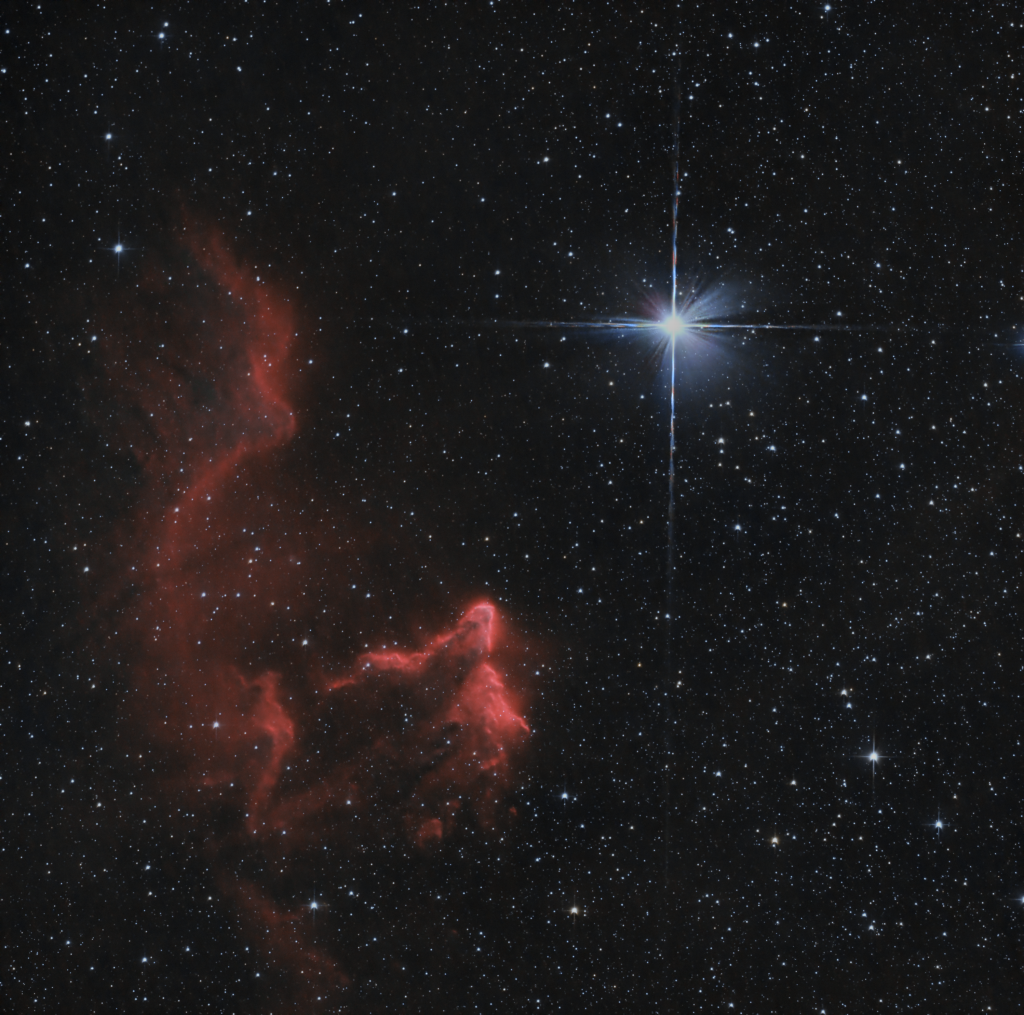The Ghost of Cassiopeia
Lots of cloudy nights so lots of things to think about. I’ve added a few accessorries to the imaging arsenal, mainly an autofocuser and a new narrowband filter, the Antlia ALP-T. I finally also decided to sell my Dob and EQ platform and made a good deal including a Telrad and 5 eyepieces. The reason of selling the dob was mainly to focus on my astrophotography rig which I still can use for visual, as my 130 PDS is a very capable scope anyway. For planetary stuff I still have my planetary camera and barlow. This keeps my setup compact and leaves me only with gear I’m actively using. The 200p dob was sitting mostly in the garage gathering dust and the platform was at risk of becoming the new home of a mice family that keeps invading our home.
I was still a bit sad to see the dob go, mainly because of all the great memories of discovering the night sky with my dog on one side and a copy of Turn left at Orion on my lap. Good times.
I had 4 hours of clear skies this week and thanks to daylight savings I could image between 6 PM and 10 PM without too much issues. I really wanted to test the new filter. IC63 or The Ghost of Cassiopeia is not the best target for this narrowband emission filter, because it’s both a reflection and emission nebula, but I like how much detail I could get out of the Ghost.
This is a beautiful but tricky object. The main star, “Navi” or Gamma Cassiopeia is 65.000 times brighter than our sun. It”s the top central star of the famous “W” formation that we can see with the naked eye in the night sky.
The nearby ghostly looking dust and gas is irradiated by the star and turning red because of it, which is the emission part of the nebula. But some of the dust is reflecting the blue light of the star, making it also a reflection nebula.
